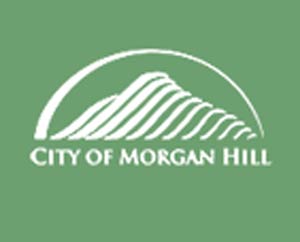The Morgan Hill Redevelopment Oversight Board Tuesday morning gave City Hall the green light to start moving on its plan to use about $25 million in bond proceeds to spruce up the downtown area.
The City, as the successor agency to the defunct RDA, still has the time and legal flexibility to make minor changes to the plan if it turns out one or more of the eight future projects on the list is not worth it, and if the City Council wants to shift proposed funding from one project to another.
But Tuesday’s 6-0 vote by the Oversight Board (board member Steve Kinsella was absent) was a crucial step for the City to begin seeking design and construction contracts with the bond proceeds that are left over from a 2008 RDA bond issue. According to the terms of the tax-exempt bonds, the City has to spend about $9 million of the funds by the end of 2014 and the remaining $16 million by the end of 2015, City staff have said.
“The intent today is to get this (approved) so we can start planning” the use of the funds, City Manager Steve Rymer said at Tuesday’s Oversight Board meeting.
The projects approved by the Oversight Board, which was created by the state to dissolve the RDA after the state shut the agency down in February 2012, are:
-$4 million for investment with private development
-$2 million to exercise an option to purchase downtown property on Depot Street, between Second and Third streets (BookSmart building and land)
-$10.1 million for a multi-level parking structure in the area of Depot Street along the west side of the railroad tracks
-$1.5 million to relocate the Caltrain loading platform from the east side of the tracks to the west side
-$1 million for median improvements and utility undergrounding on Monterey Road south of Dunne Avenue
-$1 million to improve existing downtown parking lots
-$2.9 million for Monterey Road streetscape improvements in the downtown
-$2.1 million for downtown side street improvements
The plan and any future revisions to it will also require approval by the California Department of Finance.
The Oversight Board approved the projects as part of a list of 130 ongoing obligations the RDA initiated before it was shut down that still require payments for the six-month period from Jan. 1, 2014 to June 30, 2014.
The board is tasked with approving such Recognized Obligation Payment Schedules every six months until all the RDA’s former obligations are settled.
At the same time, the state continues to pass some of the former RDA revenues through to cities, counties, school districts, community colleges and other basic services. The seven-member Oversight Board includes two representatives appointed by the City, two by the County, one by the Santa Clara Valley Water District, one by the Santa Clara County Office of Education and one by the Chancellor of Community Colleges.
The RDA was permitted to use tax increment financing to improve and revitalize blighted properties in order to generate economic development.
The bonds taken out by the RDA in 2008 were originally intended to provide street, infrastructure and other improvements, according to City staff. The City has long wanted to use a significant portion of the funds to revitalize the downtown area, where the RDA purchased (and the City now owns) the vacant Granada Theater building, the Royal Clothier building, former site of Simple Beverages and other properties.








